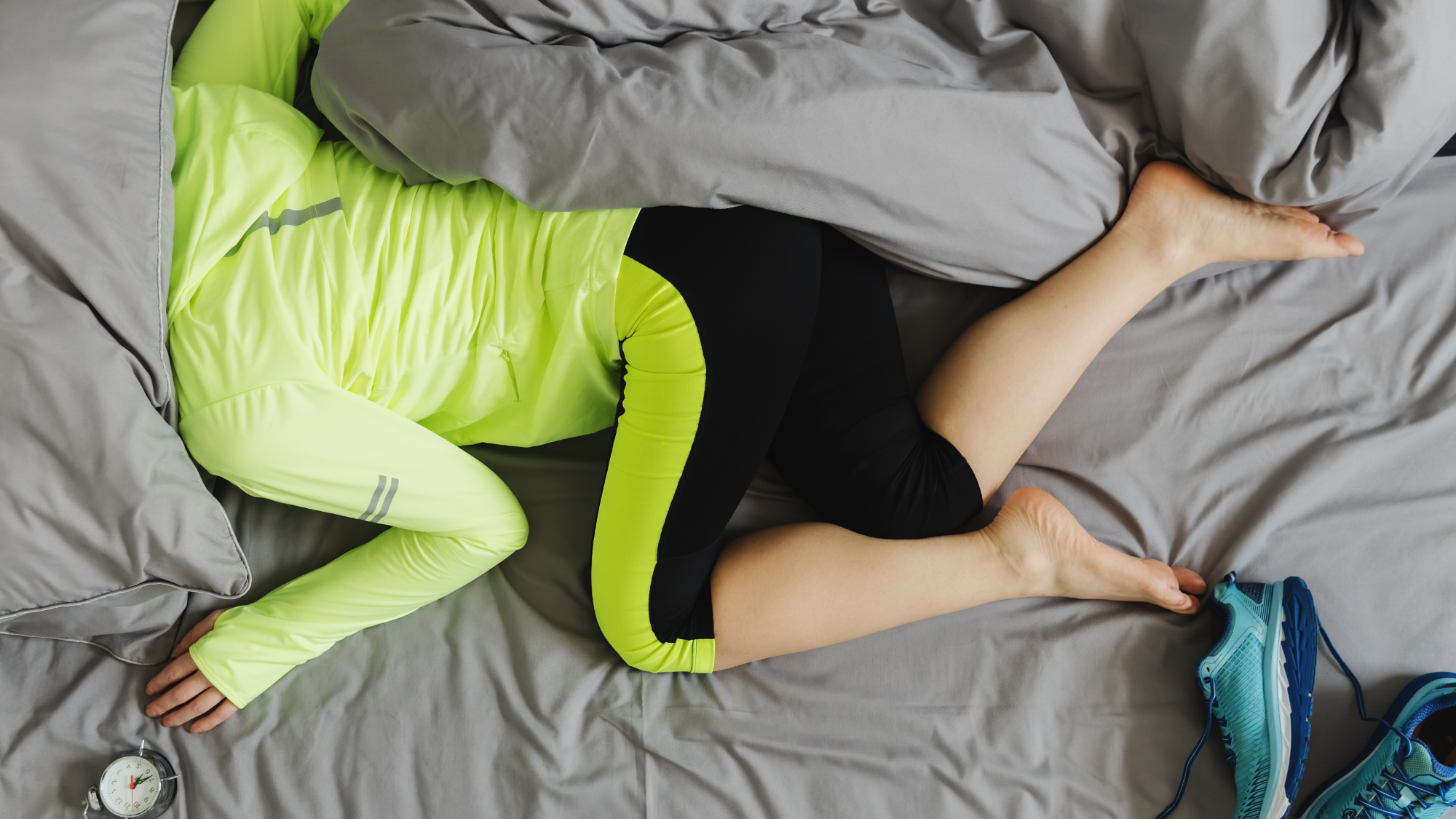
Garmin is beginning to roll out nap tracking to more watches, including older Fenix devices. This will allow your watch to detect periods of sleep during the day and take them into consideration when estimating how much rest you need at night.
Until now, the only Garmin watches capable of tracking naps were the new Venu 3 and Vivoactive 5, but now it's coming to watches in the Fenix 7 and Epix lines – including watches with older heart rate sensors.
As DC Rainmaker explains, nap detection is part of a new beta software update coming the following devices:
- Garmin Fenix 7 (all sizes)
- Garmin Fenix 7 Pro (all sizes)
- Garmin Epix
- Garmin Epix Pro (all sizes)
- Garmin Enduro 2
- Garmin Quatix 7
- Garmin Marq Gen 2
Beta software update 15.68 will also improve the Body Battery widget, add audio prompts for course points during a GPS-tracked activity, and add the ability to display images in smart notifications if you have an Android phone. There's also a large font mode, which is a very useful addition for accessibility. For more details, check out the full release notes on Garmin's forums.
If you want to test these new features as soon as possible, you'll need to join Garmin's public beta testing program. Bear in mind, however, that beta software might contain bugs that have yet to be ironed out. Before signing up, take a look at our list of reasons why you should and shouldn't install beta software on your watch.
How nap tracking works
Nap tracking makes a lot of sense for Garmin. A brief snooze can give you a boost during the day, increasing energy levels and improving your mood. Many professional athletes include them in their training plans, including Eliud Kipchoge, who takes a two-hour nap every day.
Your watch will detect naps that are under three hours long (though Garmin recommends keeping them under 30 minutes to avoid disturbing your sleep schedule). If you doze for longer than that, your device will record it as general sleep. Naps should also take place outside the sleep window you defined when you first set up your watch, starting more than an hour after you normally wake, and ending more than an hour before your typical bedtime.
All the latest inspiration, tips and guides to help you plan your next Advnture!
Your watch won't detect sleep cycles during naps, so you won't be able to see time spent in light, deep, and REM sleep. That's because a typical nap is spent in light sleep, which also means taking several short naps isn't the same as having a long, uninterrupted period of rest at night.
- We're rounding up all this year's best Black Friday Garmin deals

Cat is the editor of Advnture, She’s been a journalist for 15 years, and was fitness and wellbeing editor on TechRadar before joining the Advnture team in 2022. She’s a UK Athletics qualified run leader, and in her spare time enjoys nothing more than lacing up her shoes and hitting the roads and trails (the muddier, the better), usually wearing at least two sports watches.
